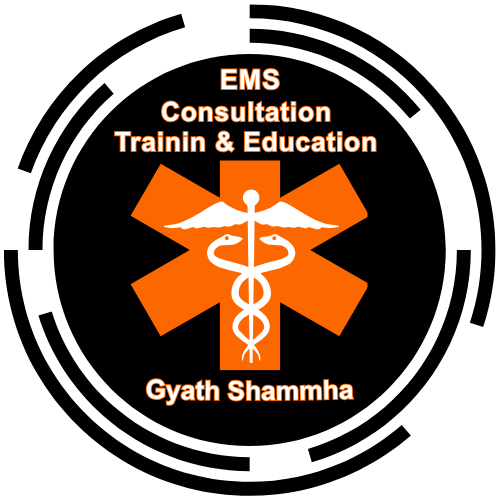Seizures can be frightening and life-altering, but with the right medication, many people are able to manage their condition and live full, productive lives. These medications are known as anticonvulsants, or antiepileptics, and they help regulate abnormal electrical activity in the brain.
In this post, we’ll break down four commonly prescribed anticonvulsants: Levetiracetam, Phenytoin, Oxcarbazepine, and Gabapentin — including how they work, their uses, side effects, and key nursing considerations.
💊 1. Levetiracetam (Keppra)
- Drug Subclass: Pyrrolidone Derivatives
- Action: Inhibits calcium channels by binding to proteins that reduce nerve hyperactivity
- Used for:
- Partial onset seizures
- Myoclonic seizures
⚠️ Side Effects:
- Drowsiness, dizziness, mood changes, irritability
- Suicidal thoughts, nausea, vomiting, loss of appetite
👩⚕️ Nursing Considerations:
- Never abruptly stop — may trigger seizures
- Avoid driving until the medication’s effect is known
- Take with food to prevent GI upset
💊 2. Phenytoin (Dilantin)
- Therapeutic Level: 10–20 mcg/mL
- Action: Stabilizes neuron membranes by blocking sodium channels
- Used for:
- Partial seizures
- Generalized tonic-clonic seizures
⚠️ Side Effects:
- Gingival hyperplasia (gum swelling), rash, hypotension
- Signs of toxicity: Nystagmus, slurred speech, confusion, ataxia
👩⚕️ Nursing Considerations:
- Promote good oral hygiene
- Avoid giving antacids within 3 hours (affects absorption)
- May decrease the effectiveness of oral contraceptives
- Monitor IV administration closely to avoid tissue damage
💊 3. Oxcarbazepine (Trileptal)
- Drug Subclass: Dibenzazepine Carboxamides
- Action: Blocks voltage-sensitive sodium channels to stop repetitive firing of neurons
- Used for:
- Partial seizures
- Generalized tonic-clonic seizures
- Mixed seizure types
⚠️ Side Effects:
- Nausea, vomiting, hyponatremia, dizziness, suicidal thoughts
- Serious risks: Aplastic anemia, agranulocytosis
👩⚕️ Nursing Considerations:
- Monitor for low sodium (hyponatremia)
- Regular CBC and coagulation tests
- Reduces effectiveness of birth control pills
- Screen for depression or suicidal ideation
💊 4. Gabapentin (Neurontin)
- Drug Subclass: GABA analog
- Action: Binds to gated calcium channels; dampens excitability in the brain
- Used for:
- Partial seizure adjunct therapy
- Neuropathic pain
- Restless leg syndrome
⚠️ Side Effects:
- Dizziness, weight gain, blurred vision
- Confusion, depression, GI upset
👩⚕️ Nursing Considerations:
- Watch for worsening depression or suicidal thoughts
- Avoid driving until the full effects are known
- Increased respiratory depression risk when taken with opioids
- Avoid mixing with other CNS depressants (alcohol, antihistamines, chamomile)
🧠 Final Thoughts
Anticonvulsants are life-saving medications for people living with epilepsy, seizure disorders, and certain types of nerve pain. While effective, they require close monitoring due to their narrow therapeutic windows, side effect profiles, and interactions with other medications.
Whether you’re a healthcare professional, caregiver, or patient, understanding the basics of these medications can lead to better outcomes and safer management of neurological conditions.
Knowledge is power. Stay educated, stay safe.
